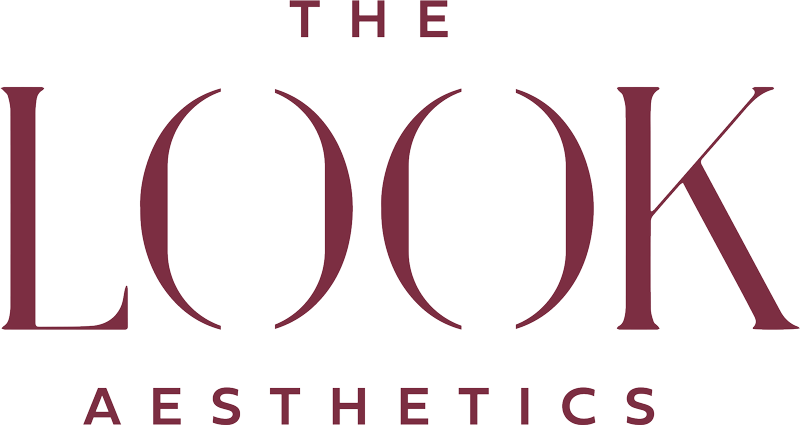No products in the cart

Platelet-Rich Fibrin (PRF)
Platelet-Rich Fibrin (PRF) is an innovative, natural treatment derived from a patient’s own blood. It is composed of platelets, fibrin, leukocytes, and various growth factors that play an essential role in tissue regeneration and collagen stimulation. Below, we will review the benefits, applications, and differences between PRF and other similar treatments, such as PRP (Platelet-Rich Plasma).
Key Elements of PRF
PRF is an injectable treatment composed of various natural components derived from the patient’s own blood, including:
Platelets: Vital for the process of blood clotting and promoting the healing of wounds.
Fibrin: A fibrous protein that plays a critical role in forming blood clots.
Leukocytes: White blood cells that are essential for the body’s immune response.
Growth Factors: Proteins that are crucial for stimulating cell growth and aiding in tissue regeneration.
How PRF is Prepared?
PRF is prepared by taking a blood sample from the patient and centrifuging it to separate its components. Unlike PRP, PRF does not require anticoagulants in the blood draw process. The absence of anticoagulants results in a fibrin clot that contains a larger concentration of platelets and leukocytes, leading to a slower and longer release of growth factors.
What is PRF Gel?
PRF gel is formed by taking PRF extracted from a patient’s blood and using temperature manipulation to form a thicker, gel-like substance. Naturally, PRF has a water-like consistency, but when heated, the protein unfolds, and the fibrin expands, creating a gel.
Uses of PRF Gel
Filler Substitute: PRF gel can be used as a natural filler to address hollows in the face, such as under-eye areas.
Dual Benefits: While filling hollows, PRF gel also provides the regenerative benefits of PRF, enhancing skin texture and tone.
PRF for Hair Restoration
PRF can be introduced into the scalp to stimulate hair growth and rejuvenation. The growth factors in PRF help with hair follicle regeneration, stimulating blood flow and reducing inflammation, which can contribute to conditions like alopecia.
Mechanism
Stimulation of Blood Flow: Enhances blood circulation to hair follicles.
Growth Factor Release: Promotes hair follicle regeneration and hair growth.
Inflammation Reduction: Decreases inflammation around hair follicles, aiding in hair loss prevention.
Components
Mesenchymal Stem Cells (MSCs): These contribute to tissue repair and regeneration, including hair follicles.
PRF vs. PRP: Key Differences
PRF: Prepared without anticoagulants, resulting in a fibrin clot with a higher concentration of platelets and leukocytes.
PRP: Requires anticoagulants during the blood draw process.
PRF: Provides a slower and longer release of growth factors, offering prolonged benefits.
PRP: Releases growth factors more quickly but for a shorter duration.
Benefits of PRF
Improved Skin Texture, Tone, and Elasticity: PRF stimulates fibroblasts in the cells, promoting tissue regeneration and collagen production.
Reduction of Fine Lines and Wrinkles: Collagen stimulation from PRF injections can minimize the appearance of fine lines and wrinkles, giving the skin a more youthful look.
Increased Blood Flow: PRF can increase blood flow to the skin, resulting in smoother, firmer, and more radiant skin.
100% Natural: PRF injections are derived from the patient's own blood without any additives, leading to natural-looking results.
No Additives: The absence of anticoagulants and other additives makes PRF a safe and natural option for skin rejuvenation.
PRF – Final Thoughts
PRF and PRF Gel offer revolutionary, natural treatments for skin rejuvenation and hair restoration. By leveraging the body’s own regenerative processes, these treatments provide safe, effective, and natural-looking results.
